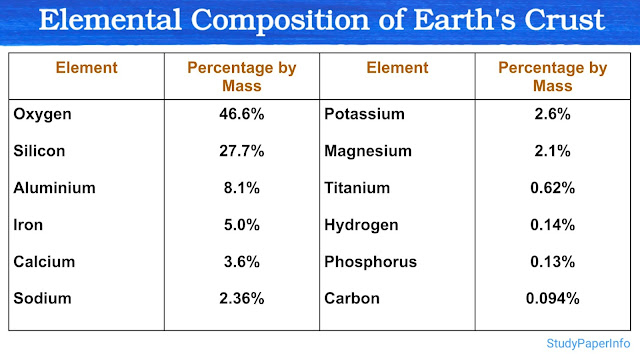What will happen if the Ca2+ is removed from the tight junction?
If Ca²⁺ is removed from the tight junction, it leads to breakdown of the tight junction structure, loss of cell adhesion, increased permeability, and overall disturbance of epithelial and endothelial tissue integrity. Role of Ca²⁺ in Tight Junctions Ca²⁺ plays a critical role in maintaining the structural organization of tight junctions. It helps stabilize the conformation of tight junction proteins and promotes proper adhesion between neighboring cells. Calcium is also necessary for the interaction between tight junction proteins and the cytoskeleton. Without calcium, the conformation of these proteins becomes unstable and the adhesion between cells weakens. What Happens When Ca²⁺ is Removed 1. Disruption of Tight Junction Structure When Ca²⁺ is removed from the extracellular environment, the tight junction proteins lose their ability to maintain proper interactions with each other. This leads to disassembly and fragmentation of the tight junction complex. 2. Loss of Cell–C...






